
The Cryogenic Society of America and Cold Facts celebrates distinguished women who embody the expertise and drive that is putting cryogenics and superconductivity at the forefront of energy, aerospace, quantum, and myriad other fields of industry. Congratulations!
- Iqra Azam
- Vera Hansper
- Jennifer Hennis
- Tamanna Joshi
- Nora Juhasz
- Susan Magi
- Kayla Rajsky
- Tara Ramsey
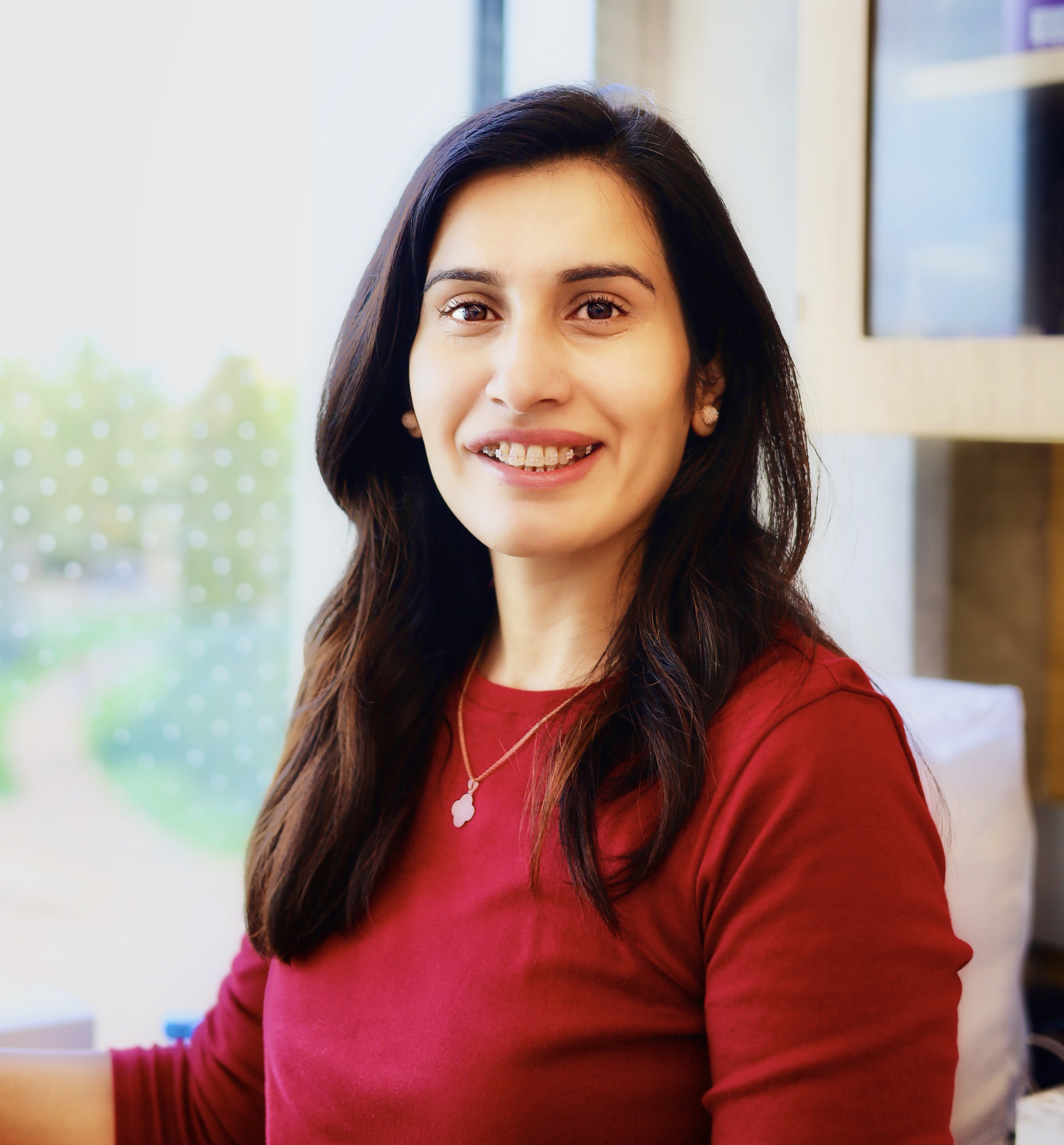 Iqra Azam - Postdoctoral Fellow under Dr. James Benson—University of Saskatchewan
Iqra Azam - Postdoctoral Fellow under Dr. James Benson—University of Saskatchewan
What projects are you working on now?
I am currently investigating freezing-induced damage in liver tissue and exploring the use of ice recrystallization inhibitors to enhance cryopreservation outcomes. My research focuses on understanding how cells respond to freezing and developing new preservation strategies for both cell monolayers and tissues.
What accomplishment are you most proud of? What was the challenge and how did you and/or your team meet it?
During my doctoral research, I utilized advanced imaging techniques and mathematical modeling to investigate how cells and tissues respond to osmotic stress during cryopreservation. This work provided critical insights for developing improved preservation methods. Through collaboration with a multidisciplinary team, we devised a protocol that minimized osmotic stress and chemical toxicity during the freezing of cells and tissues, contributing to more effective preservation strategies.
What advancements in cryogenics are you hoping to make in the future?
I aim to contribute to the development of improved cryopreservation protocols for complex tissues and organs, integrating interdisciplinary approaches to minimize freezing damage. Advancing non-toxic cryoprotectants and optimizing ice formation control are key areas of interest. These advancements will improve the storage and preservation of biological products for biomedical research and therapeutic applications.
What advances for women would you like to see in the fields of cryogenics and superconductivity?
I want to see greater representation of women in cryobiology and cryogenics, especially since cryobiology is an interdisciplinary field that encompasses engineering, medicine, biology and physics. To encourage women to take on leadership roles, we need to recognize their contributions, expand funding opportunities and support work-life balance. Creating an inclusive environment will not only attract more women to the field but also ensure that they thrive in long-term careers.
What would be the best approach to getting more women into your field?
Bringing more women into cryobiology starts with breaking down societal and structural barriers. By fostering a culture that values diversity, we can create more pathways through scholarships, mentorship and hands-on research opportunities. When women see role models leading in this field and are provided the support to thrive, they are more likely to pursue and sustain careers in cryobiology—ultimately shaping the future of the discipline.
Technical Training Lead—Bluefors
What projects are you working on now?
My primary role is to further develop the Technical Training program for all Bluefors employees. I use the term “further develop” because I have been working on this initiative for the past five years, initially as a cryoengineer, focusing on training new cryoengineers. Now, my portfolio has broadened to include training for all employees, and when needed, I also provide training for customers.
What accomplishment are you most proud of? What was the challenge and how did you and/or your team meet it?
This is a tricky question! Most recently, I participated in the Bluefors Summer Brain Freeze 2024 (Summer School) and gave a comprehensive presentation/tutorial on how to install, run and manage a cryostat. The challenge was finding the right balance for the audience and identifying engaging material to support the dialogue. I was very pleased with the outcome as everything ran smoothly on my end. Additionally, I am proud of the cryostat installations I’ve completed for our customers over the years. The work is demanding but deeply gratifying.
What advancements in cryogenics are you hoping to make in the future?
I hope that the training program I provide will help future cryoengineers and technicians work productively and efficiently within the company. This will ensure that the products we create maintain the highest levels of functionality and quality—and, of course, result in the happiest customers.
What advances for women would you like to see in the fields of cryogenics and superconductivity?
Keeping women engaged and educated in the sciences will be instrumental in ensuring they encounter cryogenics and related fields. Good mentoring is invaluable and creating an inclusive environment will naturally draw talent. It’s also important for senior scientists, researchers and engineers to recognize when someone has the potential to excel in a field and support them in pursuing their aspirations.
What would be the best approach to getting more women into your field?
When I was studying, science felt broad and daunting. There were no mentors or guides, and we were thrown into the deep end and expected to swim. To encourage more young women to enter fields like cryogenics, I believe hands-on experience in labs or factories early in their academic journey is essential. Seeing the real-world impact and possibilities of their work can be a powerful motivator for pursuing careers in science.
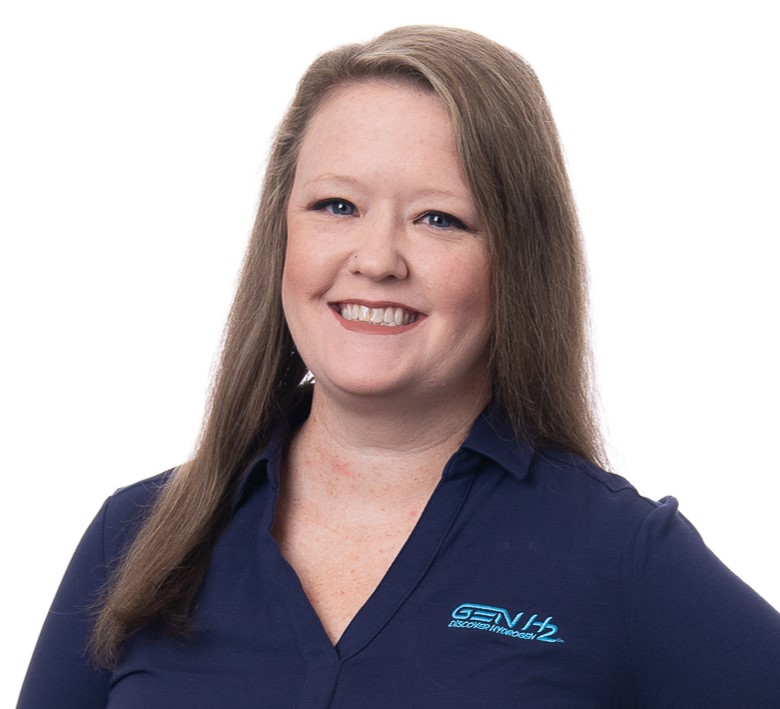 Jennifer Hennis
Jennifer Hennis
Product Development Specialist—GenH2 Corp
What projects are you working on now?
As a product development specialist at GenH2 Corp, I have the privilege of working on groundbreaking projects to bring liquid hydrogen (LH2) equipment to the industrial worlds of transportation and energy storage. My work involves the manufacture and commissioning of advanced refrigeration systems for heavy-duty electric machines, iCAT cryogenic hydrogen storage tanks, CS900-1 and CS900-2 simulation test platforms, and the LS20 liquefaction and controlled storage system. Additionally, I contribute to the development of commercial cryostat products such as the CS500 and Macroflash manufacturing for leading institutions and universities. I am also involved in cryostat testing materials with LH2 for leading industry companies and collaborate with Shell and CB&I on a mega-scale LH2 storage project.
What accomplishment are you most proud of? What was the challenge, and how did you and/or your team meet it?
One of my favorite accomplishments has been being part of the teams that built and commissioned the LS20 mobile unit, along with the CS900-1 and CS900-2 simulation test platforms. It has been incredibly rewarding to see these innovative systems come to life and make an impact in the field.
What advancements in cryogenics are you hoping to make in the future?
In the field of cryogenics, I aspire to see advancements that lead to low-cost, standardized products for storing and conveying liquid hydrogen. Standardization and cost-efficiency are crucial for broader adoption and the development of scalable solutions for LH2 applications.
What advances for women would you like to see in cryogenics and superconductivity?
In terms of advancing opportunities for women in cryogenics, I would like to see more hands-on, practical experiences in cryogenics and vacuum technology. It is also essential to integrate real-world data to support safety practices and establish design standards for LH2 equipment. Providing more women with direct, practical engagement in the field will help them build expertise and confidence.
What would be the best approach to getting more women into your field?
To promote greater participation of women in cryogenics, I believe in fostering awareness and recruitment while providing a broad spectrum of opportunities across various specialties. These opportunities should include fabrication, testing, data analysis and laboratory practices. By creating a diverse range of pathways, we can inspire more women to pursue and thrive in this exciting and essential field.
 Tamanna Joshi
Tamanna Joshi
Technical Sales Engineer—Bluefors Brooklyn
What projects are you working on now?
I primarily work with advanced cryogenic systems, focusing on dilution refrigerators that offer continuous cooling at extremely low temperatures, from 7mK to
4.2 K. I also work with some of our newer technologies, including systems that provide high power in the 1 K range, microwave modules for amplifying weak signals and improvements in measurement solutions for larger quantum systems. It’s a great experience being involved in these innovations.
What accomplishment are you most proud of? What was the challenge and how did you and/or your team meet it?
Every day brings its fair share of challenges and rewards. Our team has been busy growing, not just with the new US office and local support, but also adapting to the fast-paced, ever-changing environment—something that’s both exciting and fulfilling. It’s amazing to see how this growth is having a real impact on our customers. One of the biggest highlights last year was presenting our second-generation gas handling system (GHS2) at the APS March Meeting 2024. Since then, we’ve been working closely with users to update the system with new features, making it more flexible, functional and safe to meet growing demands.
What advancements in cryogenics are you hoping to make in the future?
Looking ahead, I’m excited to keep working on making cryogenics simpler and more accessible so researchers can focus on their experiments instead of worrying about the hardware. We regularly share our latest updates on our website, and we really value the close collaboration we have with our customers to meet the needs of the industry. It’s not just about manufacturing; we’re also focused on strengthening the supply chain. With our expanded Syracuse facility, we’re in a great position to improve the cryogenics supply chain and continue making progress in the field, making it more reliable and easier for everyone to use.
What advances for women would you like to see in the fields of cryogenics and superconductivity?
I believe more women, especially women of color, should thrive in fields like cryogenics and superconductivity. From my own experience in condensed matter physics, I’ve seen how important representation is and how much more needs to be done to support women of color. They often face challenges like higher dropout rates and difficulty finding mentors and leadership opportunities.
At Delhi University, India, I was lucky to be part of a mentorship program early on in my career. It helped me navigate challenges and gave me the confidence to take on leadership roles. That’s why I’m so passionate about creating more mentorship and leadership opportunities for women in these fields. It’s not just about keeping women in STEM but helping them rise to roles where they can inspire others and drive meaningful change.
What would be the best approach to getting more women into your field?
The best way to get more women into cryogenics and super-
conductivity is by creating an environment that supports them at every step. When I moved from India to the U.S. for school, I had mentors who truly believed in me, and that made all the difference. Now, in my company, I’m lucky to work alongside women in leadership roles, with policies like family leave that make it easier to balance work and life. I’ve seen how these kinds of supportive, flexible environments help women succeed. For women of color, seeing leaders who look like you is incredibly powerful. It’s this kind of culture that helps women not just enter the field but thrive in it and bring new perspectives that can really make a difference.
Technical Sales Engineer—Bluefors
What projects are you working on now?
Currently, I’m working on several exciting projects. One of my main focuses is collaborating with research institutions, including Ivy League universities, to optimize their cryogenic infrastructure for superconducting qubit experiments. This involves tailoring dilution refrigerators to maximize stability, minimize thermal noise and improve thermalization at millikelvin temperatures, all while enhancing coherence times and signal integrity for quantum measurements.
In addition to that, I’m working on benchmarking cryogenic system performance, evaluating cooldown efficiency, temperature stability and vibration suppression to ensure reliable operation in demanding quantum computing applications. Optimizing these factors is key to scaling up experiments and ensuring consistency across setups.
I’m also leading the Women in Cryogenics initiative at Bluefors, collaborating with other departments and researchers to highlight the contributions of women in the field.
What accomplishment are you most proud of? What was the challenge and how did you and/or your team meet it?
One of my proudest achievements was managing a project where a customer required significant product customization to meet their specific experimental setup. Their requirements didn’t fully align with our standard “off-the-shelf” offerings, so I had to bridge the gap between their needs and our capabilities. Through clear discussions, detailed technical analysis and close collaboration with our engineering team, we developed a tailored solution that met their requirements without compromising performance or reliability. This project highlighted the importance of adaptability, technical problem-solving and maintaining a customer-focused approach in my role.
What advancements in cryogenics are you hoping to make in the future?
I'm particularly excited about the development of new superconducting materials for quantum circuits. While niobium-based superconductors are widely used, they have limitations due to material properties like coherence length and critical temperature. Advancements in high temperature superconductors, such as rare-earth-based materials or iron-based superconductors, could lead to higher critical current densities and better coherence properties at elevated cryogenic temperatures. This would enable the creation of more scalable quantum circuits, essential for building larger, more powerful quantum processors.
What advances for women would you like to see in the fields of cryogenics and superconductivity?
I would love to see more women involved in experimental quantum physics and cryogenic engineering, especially in areas where their expertise could drive critical advancements. For instance, encouraging women to lead research in materials science for superconducting qubits, Josephson junction fabrication, loss characterization, and the development of novel superconducting materials could significantly improve qubit performance and scalability. I also hope to see more women contributing to cryogenic system design, particularly in areas like low temperature thermodynamics or thermal anchoring strategies. These systems are essential for many cryogenic experiments, and improving their design could lead to breakthroughs in both quantum computing and fundamental physics. Advancements in these fields would not only address pressing challenges in cryogenics and superconductivity but also contribute to shaping the future of quantum technology.
What would be the best approach to getting more women into your field?
To increase the representation of women in cryogenics and superconductivity, I believe a combination of hands-on experience, strong mentorship and collaboration between academia and industry is essential. Early research exposure is key. Providing women with opportunities to gain experience in low temperature physics labs, superconducting device fabrication and cryogenic measurement techniques during their undergraduate and graduate studies can ignite interest and build the technical skills needed to thrive in the field. Strong scientific mentorship is also vital. Establishing networks where women can collaborate on high-impact cryogenic research, receive guidance and present their work at key conferences will empower them to take on leadership roles.
Finally, industry-academia partnerships play a crucial role. Encouraging women to work on cutting-edge projects with leading research institutions and companies will allow them to contribute directly to scalable quantum computing and next-generation cryogenic technologies. This exposure enables women to influence major advancements and create lasting change in the field.
Executive Vice President of Marketing—GenH2
What projects are you working on now?
I’ve been working with the Department of Energy-Shell Consortium (NASA, CB&I, University of Houston and GenH2) to communicate the benefits of hydrogen at scale. Recently, I partnered with the Kennedy Space Center Visitor Complex to educate the public about the advantages of liquid hydrogen during World Space Week. I’ve also leveraged hydrogen and clean energy events as platforms to teach about the safety and business benefits of LH2. In addition, I created informational programs and materials that highlight liquid hydrogen’s energy density and its ability to be a superior energy option. A significant part of my work involves publicizing hydrogen safety and stability, particularly LH2 stored using cryogenic refrigeration, which enables complete molecule control. I also focus on educating the industry about the zero-loss benefits of cryogenically refrigerated storage, as non-cryogenic storage can result in losses of 20-40%.
What accomplishment are you most proud of? What was the challenge and how did you and/or your team meet it?
I am most proud to be a founding member of a company that launched revolutionary LH2 infrastructure technology based on NASA research. This technology has the potential to change the direction of clean energy in a very short timeframe. Energy advancements tend to take decades, but with flexible, modular and scalable infrastructure, we can make a positive impact now.
One of the biggest challenges has been overcoming misconceptions about hydrogen. The first reaction is often that hydrogen is unsafe, unstable, or not viable. Addressing these misconceptions has required consistent education and communication to showcase both the business ROI and the environmental benefits. Another challenge has been helping new hydrogen companies understand the losses that can occur without cryogenics. Early on, the industry was hesitant to discuss these losses for fear of scaring people away from hydrogen. However, GenH2 and other experts are now addressing this issue openly, emphasizing that significant molecule losses and costs can occur without cryogenically refrigerated storage. Transparency and education are key to increasing adoption and speeding up infrastructure expansion.
What advancements in cryogenics are you hoping to make in the future?
Scientific advancements will always occur, but I believe cryogenics needs broad understanding and acceptance to gain continued support for significant breakthroughs. Educating business executives, policymakers, universities and other key stakeholders is essential for enabling strategic decisions that fund and advance cryogenic projects. There is a cost to progress, but if those who control funding understand the benefits, they will be more likely to support the research and infrastructure necessary to move cryogenics forward. Additionally, people need to better understand the critical role cryogenics plays in the future of clean energy.
What advances for women would you like to see in cryogenics and superconductivity?
I want to see more women involved in the business, communication and education aspects of cryogenics and superconductivity. While women are often encouraged to pursue STEM careers, they are not always encouraged to contribute to the advancement of these specialized fields. These brilliant scientists need a voice in business and education and among the general public. As our Chief Architect likes to say, “Cryo is so Cool, it’s Hot!”
What would be the best approach to getting more women into your field?
Women should not feel intimidated by science! While some aspects of the work may be “rocket science,” the general concepts are not beyond our grasp. Just as we use televisions, GPS watches and automobiles without fully understanding their complexities, we can approach cryogenics in the same way. Complex concepts and products can be simplified so that everyone can understand them—even a “marketing person” like me can grasp why cryogenics is essential for advancing our society.
Senior Mechanical Engineer—Interlune
What projects are you working on now?
I am currently working on a cryogenic distillation column designed to separate Helium-3 from Helium-4. The column operates at approximately 2 Kelvin and is housed inside a cryostat. At Interlune, our mission is to be the first company to commercialize resources from space. We're starting with Helium-3, a rare isotope abundant in space but scarce on Earth. Helium-3 has numerous applications, including quantum computing, clean energy and advancements in global health.
What accomplishment are you most proud of? What was the challenge and how did you and/or your team meet it?
I’m most proud of contributing to the setup of our cryogenics lab. Over the past year, our team has established the method for isotopic separation, identified the necessary lab equipment, moved into a new facility and created a fully functioning cryogenics lab. In the coming months, we’ll begin testing our distillation column, marking a major milestone for the project.
What advancements in cryogenics are you hoping to make in the future?
I hope to leverage my background in both cryogenics and aerospace engineering to develop advanced cryogenic flight hardware. Our ultimate goal is to conduct Helium-3 separation on the lunar surface, which will require significant progress in cooling technologies and distillation systems designed for space applications.
What advances for women would you like to see in the fields of cryogenics and superconductivity?
I’d like to see more representation for women in the field at conferences and events. Representation is essential for inspiring the next generation of engineers and showing them that there’s a place for them in cryogenics and superconductivity.
What would be the best approach to getting more women into your field?
Engaging with universities and actively recruiting women out of college is one of the best ways to encourage more women to enter the field. Empowering young women and making it clear that they belong in engineering is vital. For women already working in engineering who are interested in cryogenics, I’d encourage them to apply for jobs, even if they don’t meet every single job requirement. Much of what I do now, I’ve learned through independent research and guidance from industry experts. To any aspiring cryogenics engineers, Interlune is hiring!
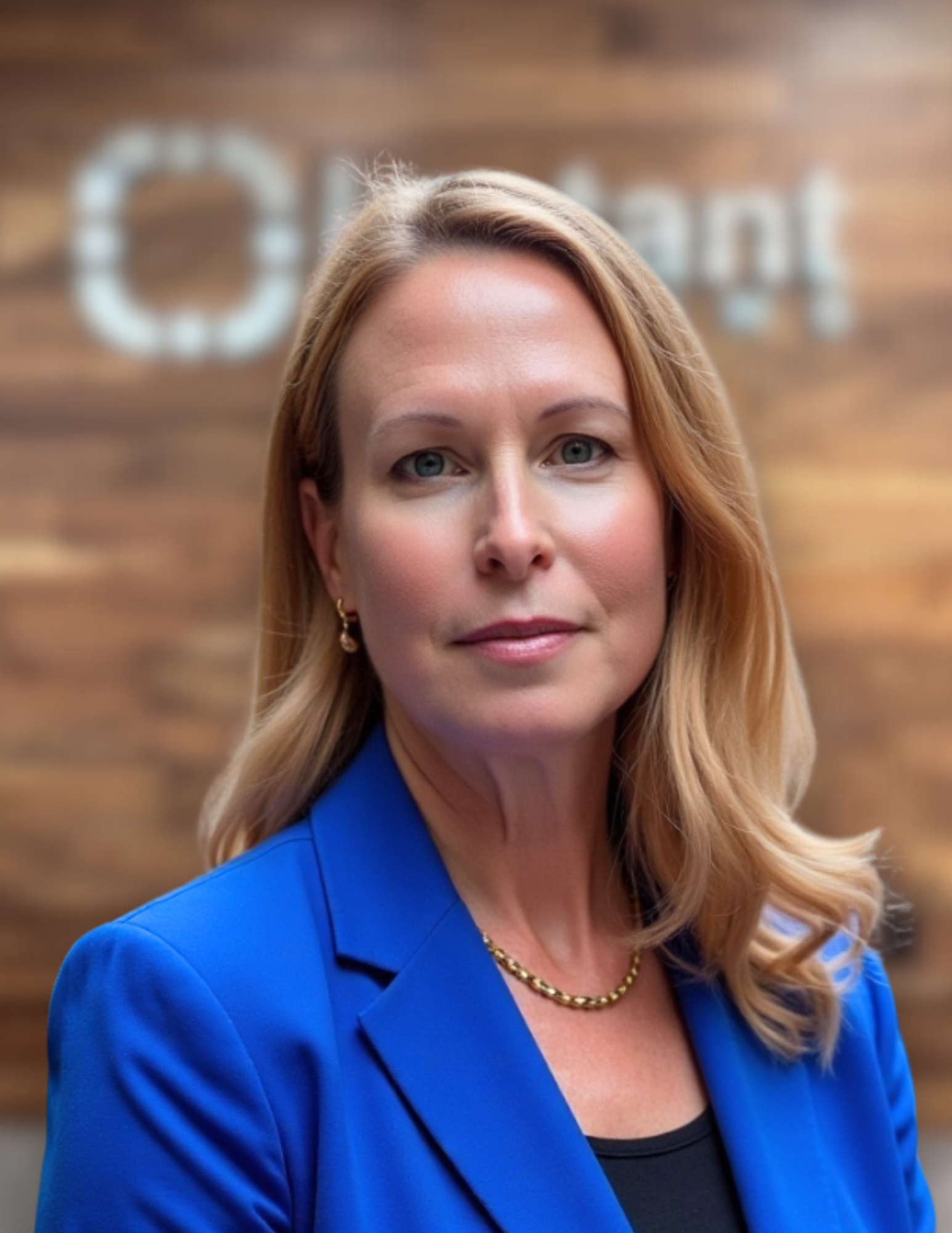 Tara Ramsey - President and CEO—Instant Systems, Inc.
Tara Ramsey - President and CEO—Instant Systems, Inc.
What projects are you working on now?
Our team is developing a fully validated cryogenic shipping system that addresses challenges in current shipper designs. This project is particularly exciting due to its potential impact on the biotech industry. A highlight of the project has been the creation of a “heat box” for validation testing, which our team affectionately nicknamed “The BORG” due to its resemblance to the Star Trek entity. The system is designed to take up less storage space, maintain proper frozen conditions for extended periods and provide real-time data for operators worldwide. We are also collaborating on a biopreservant that allows for cryogenic freezing without using DMSO, a widely used but toxic preservation agent. This new biopreservant aims to be safer and more effective, potentially revolutionizing the cryopreservation process by reducing reliance on toxic substances and improving outcomes for cell and tissue preservation.
We are partnering with NASA on projects that require materials capable of withstanding extreme conditions in space. This collaboration allows us to push the boundaries of cryogenic science while contributing to advancements in space exploration.
What accomplishment are you most proud of? What was the challenge, and how did you and/or your team meet it?
The development and enduring success of our CryoLoc™ product line is an achievement I am incredibly proud of. This flagship product has become the benchmark for flexible cryogenic packaging, renowned for its reliability and user-focused design.
One challenge was ensuring that the packaging could endure the extreme conditions of cryogenic storage and transport while remaining easy and safe for medical professionals to handle. A breakthrough feature is the debris-free peel of the overwraps, which ensures clean and efficient use in sterile environments. Achieving this required extensive research, development and collaboration with the medical community to refine the design. Today, CryoLoc™ maintains an impeccable track record, with millions of patients worldwide benefiting from therapies preserved and delivered using this packaging. This accomplishment reflects our team’s commitment to quality, innovation and meeting the needs of healthcare professionals.
What advancements in cryogenics are you hoping to make in the future?
We are striving for a breakthrough in developing a non-DMSO cryopreservant, which would be transformative for the industry. This safer, more effective alternative would enhance safety, streamline workflows, and it would expand applications in regenerative medicine and biotherapeutics.
Beyond that, we aim to innovate in cold chain storage, space materials and cryogenic processes that address the evolving needs of the biotech and medical industries. By staying at the forefront of cryogenic science and collaborating with industry leaders, we hope to shape the next generation of solutions that advance healthcare and other critical fields.
What advances for women would you like to see in the fields of cryogenics and superconductivity?
I’d like to see more representation and visibility for women in these fields. Mentorship programs, sponsorship opportunities and initiatives that support career growth are essential. Promoting awareness of how impactful cryogenics is—whether in healthcare, agriculture, biotherapeutics, or space exploration—can inspire young girls and early-career women to pursue these paths. It’s also important to foster inclusive workplace cultures with equitable hiring practices, flexible work opportunities and collaborative environments. Diversity enriches the entire field by driving creativity and ensuring solutions meet a broader population’s needs.
What would be the best approach to getting more women into your field?
It starts with early exposure to STEM fields through hands-on learning, mentorship and representation. Programs like coding camps, science clubs and school-industry partnerships can plant the seeds of interest in engineering and cryogenics. For women already in the workforce, clear pathways for growth and advancement are crucial. Companies must prioritize equitable hiring, mentorship and professional development. Networking programs and industry-specific organizations also help create a supportive community. Visibility of women thriving in these fields is key. When women see others succeeding as scientists, engineers and leaders, they can better envision themselves in similar roles. Together, these efforts can create a more inclusive and inspiring environment for women in cryogenics and superconductivity.

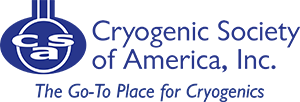
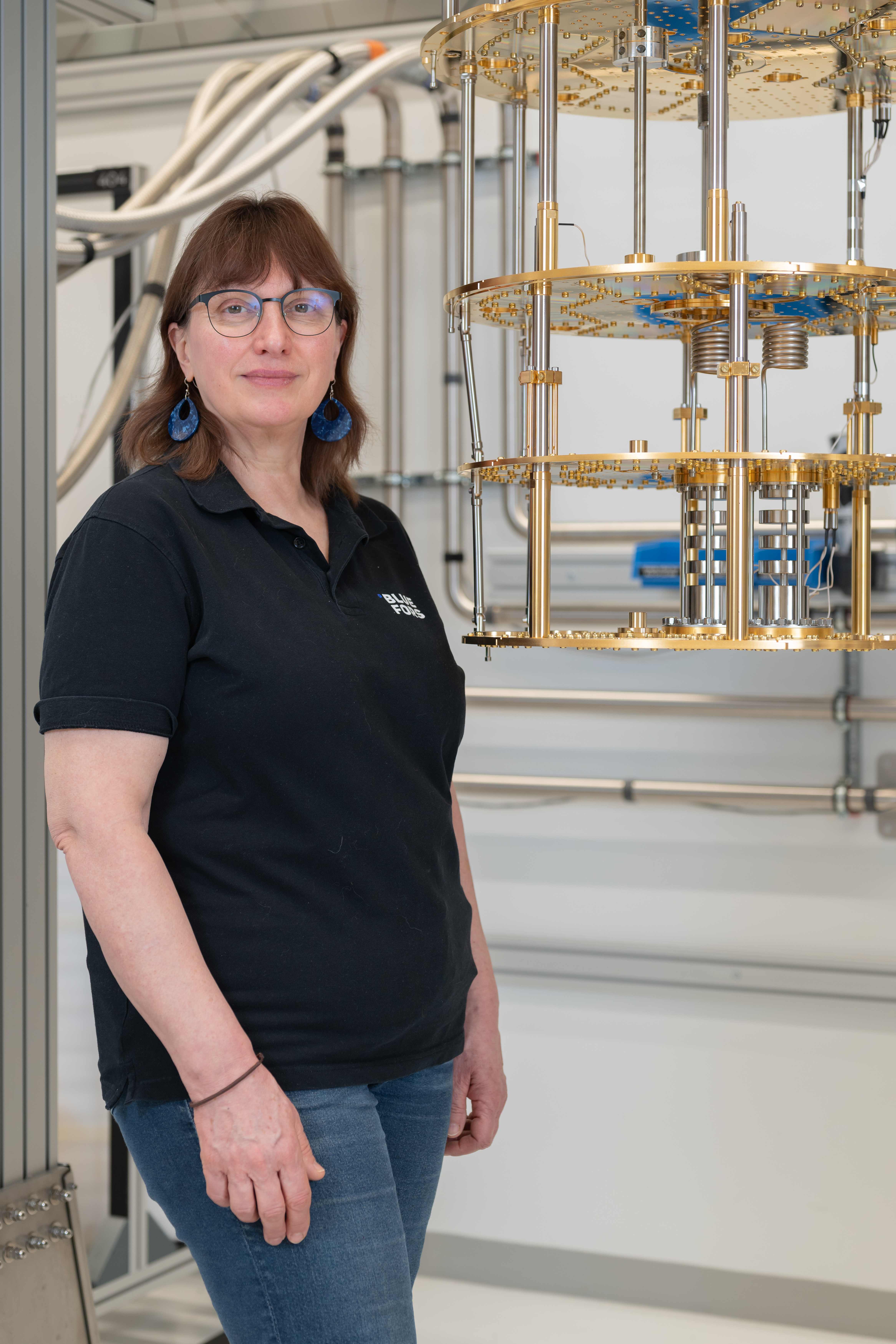 Vera Hansper
Vera Hansper Nora Juhasz
Nora Juhasz Susan Magi
Susan Magi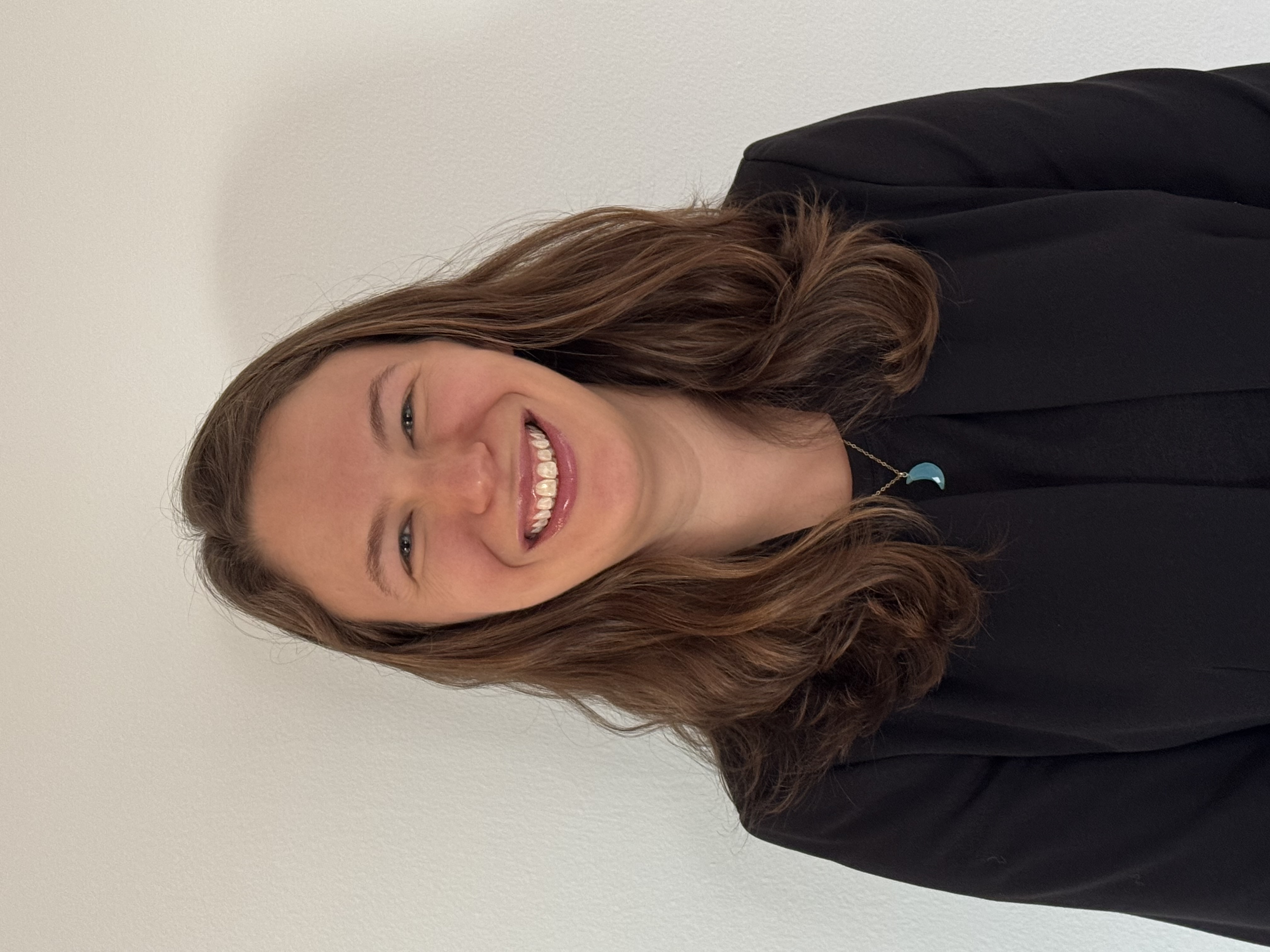 Kayla Rajsky
Kayla Rajsky